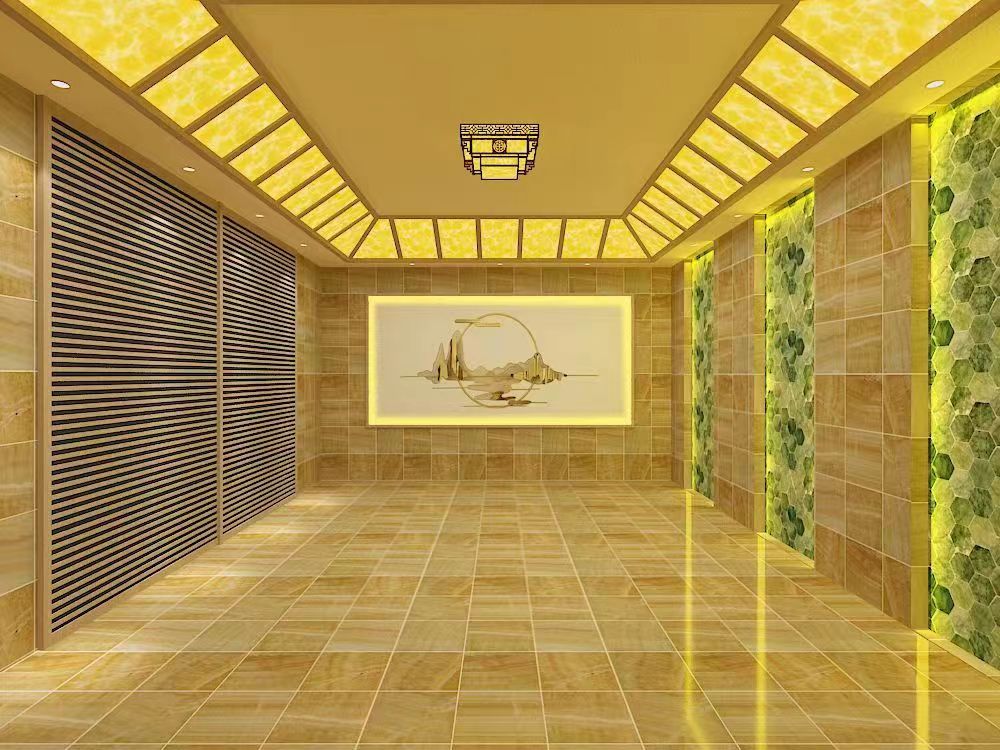
In recent years, as the awareness of environmental protection and sustainable development has grown, the search for eco-friendly materials in various fields has become increasingly important. The sweat room interior is no exception. Traditional materials used in sweat rooms may have some drawbacks in terms of environmental impact and sustainability. So, are there any eco-friendly materials emerging as viable alternatives?
Bamboo is a remarkable material that shows great potential for sweat room interiors. It is a fast-growing and renewable resource. Bamboo has natural antibacterial and moisture-resistant properties, which are beneficial for a space like a sweat room where humidity is relatively high. Its texture and appearance can also add a touch of natural elegance to the interior. Bamboo can be used for flooring, wall panels, and even some furniture components in the sweat room. Compared to traditional hardwoods, bamboo requires less time to mature, reducing the pressure on forest resources.
Recycled plastic is another emerging option. Many companies are now processing recycled plastic into durable and functional materials suitable for sweat room applications. These recycled plastic products can be made into tiles or panels that are resistant to moisture, mold, and mildew. They are not only environmentally friendly by reducing plastic waste but also offer good durability and easy maintenance. For example, recycled plastic tiles can be used on the floor of the sweat room, providing a slip-resistant and long-lasting surface.
Cork is a unique and sustainable material that has gained attention for its eco-friendly characteristics. It is harvested from the bark of cork oak trees without harming the trees. Cork has excellent thermal and acoustic insulation properties, which can help maintain a comfortable temperature and reduce noise in the sweat room. It is also naturally resistant to moisture and has a soft and comfortable texture underfoot. Cork can be used for flooring or as wall coverings in the sweat room, creating a cozy and environmentally friendly environment.
Hempcrete is a relatively new material made from a combination of hemp hurds, lime, and water. It is a breathable and insulating material with good thermal performance. Hempcrete has the ability to absorb and release moisture, which can help regulate the humidity in the sweat room. It is also a carbon-negative material, meaning it sequesters more carbon dioxide during its production than it emits. This makes it an attractive option for those looking to reduce the carbon footprint of the sweat room interior. Hempcrete can be used for building walls or as a finishing material on the interior surfaces.
Some natural stones, when sourced and processed in an environmentally conscious way, can be considered as eco-friendly alternatives for sweat room interiors. For instance, stones like limestone or travertine that are quarried using sustainable methods can be used for flooring or wall accents. These stones have natural beauty and durability. By choosing local sources and minimizing the energy consumption during processing, the environmental impact can be reduced.

